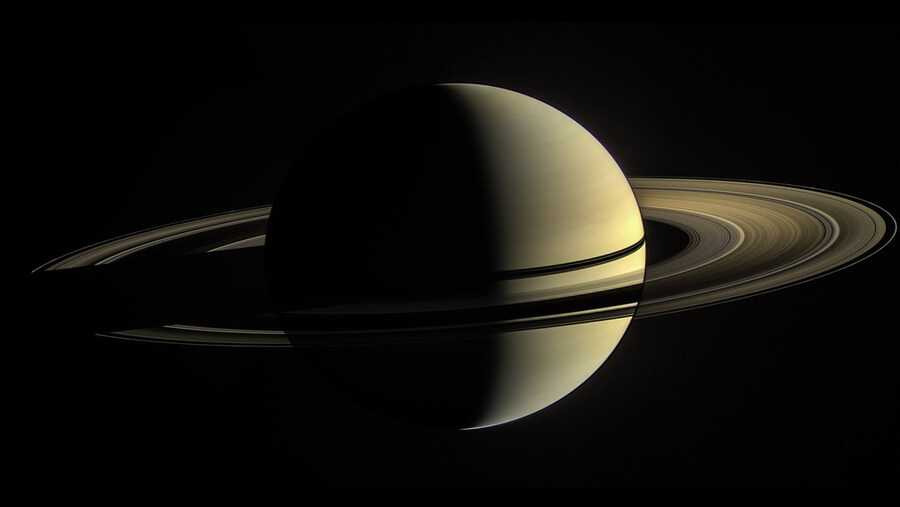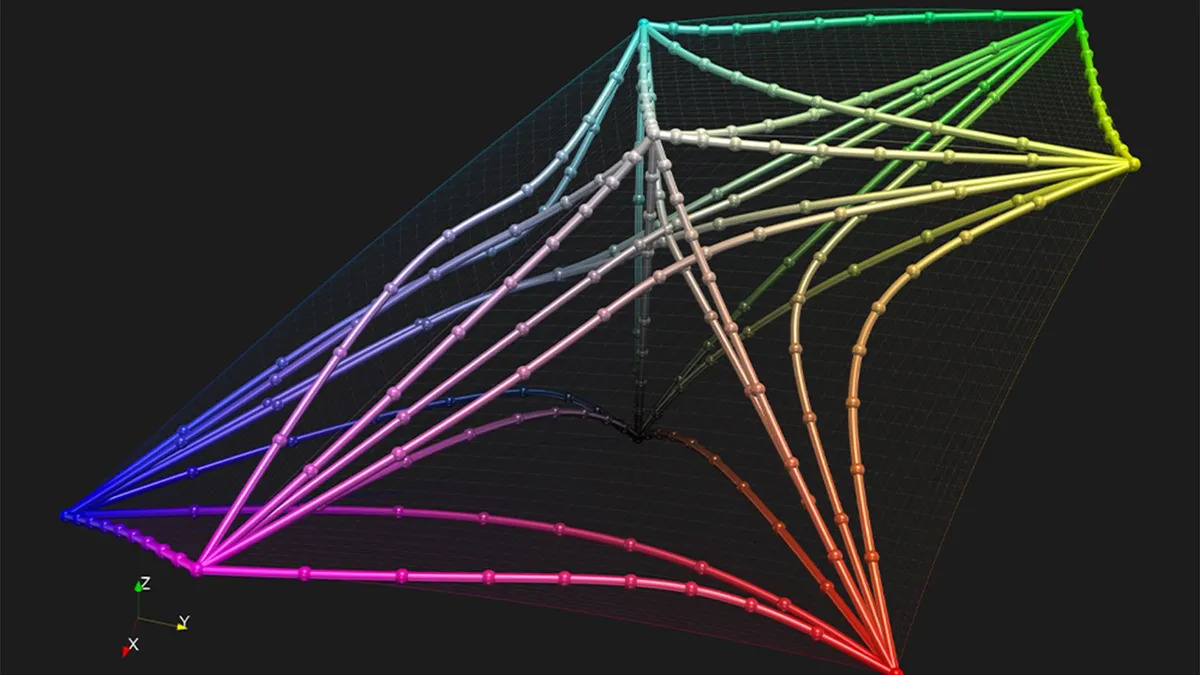Chrysalis didn’t miss-a-lus

Image: NASA/JPL-Caltech/Space Science Institute
If Saturn, the second-biggest planet in the solar system, came rolling up to this weekend’s tailgate, they’d be rocking mad rings – seven of them, to be exact. (Which is more than Jordan. Just saying.)
And while scientists knew the rings formed around the planet around 100 million years ago, we didn’t exactly know how. But according to a study published yesterday in Science, we may have an answer.
🪐 More deets… The study posits the planet’s rings were formed ~160 million years ago, when a large moon the researchers named Chrysalis grazed Saturn. The moon broke apart, with 99% falling into the planet’s atmosphere, causing it to tilt sideways like Paul Wall, and the other 1% creating the rings.
- This could also explain a couple other mysteries befuddling scientists: its increasing axial tilt, and the strange, rapidly expanding orbit of Titan, its largest moon.
✋ Yes but: Jack Lissauer, a planetary scientist at NASA’s Ames Research Center in California’s Silicon Valley not involved with the project, told the WSJ the new scenario “has a lot of things going for it,” but that it’s hard to verify the complex series of celestial events it outlines.
+Calling all time travelers: Set your dial for ~160 million years ago, then let us know what you see.👍
Share this!
Recent Science & Emerging Tech stories

Science & Emerging Tech
| September 15, 2022Into the magical world of color theory
🎨 Legends in math and physics – and subsequently, the whole scientific community – have been wrong about how humans perceive color for more than a century, per a new peer-reviewed paper that could lead to more vibrant computer, phone, and TV screens.

Science & Emerging Tech
| September 14, 2022Chemo: soon to be a thing of the past?
💊 We may have a cancer treatment that performs better than chemo, per new data presented this week at an oncology conference in Paris – though the key word is “may.”

Science & Emerging Tech
| September 13, 2022NASA, smash
☄️ NASA’s Double Asteroid Redirection Test (DART) mission published the first view of its target last week, a binary asteroid called Didymos.
You've made it this far...
Let's make our relationship official, no 💍 or elaborate proposal required. Learn and stay entertained, for free.👇
All of our news is 100% free and you can unsubscribe anytime; the quiz takes ~10 seconds to complete